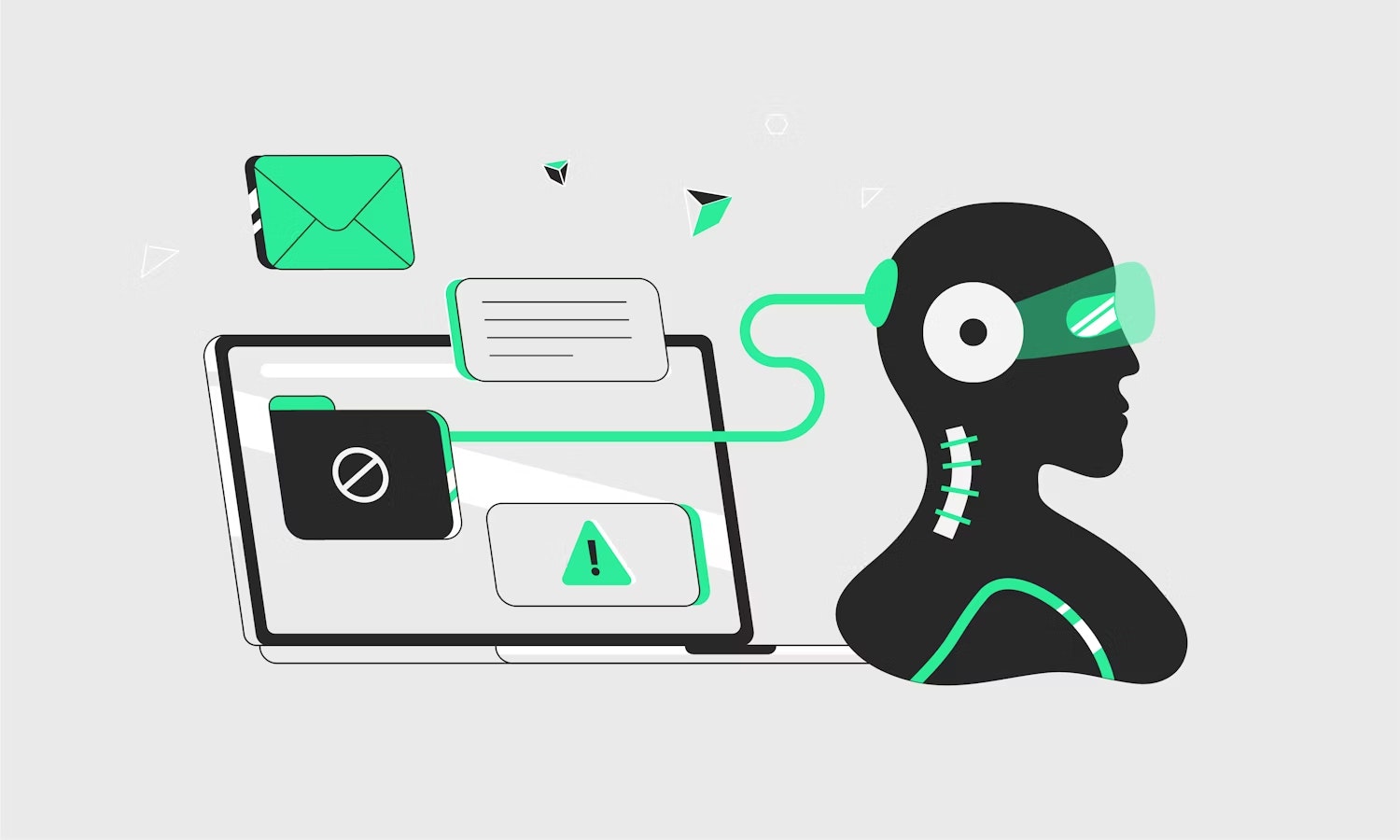Artificial Intelligence (AI) refers to the simulation of human intelligence processes by machines, particularly computer systems. These processes include learning (the acquisition of information and rules for using the information), reasoning (using rules to reach approximate or definite conclusions), and self-correction. AI can feel abstract and complex, but it’s already integrated into many aspects of our daily lives.
Common Forms of AI
AI comes in various forms and applications, including:
Narrow AI: Designed to perform a narrow task (e.g., facial recognition, internet searches, or driving a car). Examples include Apple's Siri, Amazon's Alexa, and Google's search algorithms.
General AI: This form of AI possesses the capability to perform any intellectual task that a human being can do. It remains largely theoretical and is not yet developed.
Machine Learning (ML): A subset of AI that involves the use of algorithms and statistical models to enable computers to improve their performance on a task over time with data.
Deep Learning: A type of ML that uses neural networks with many layers (hence "deep") to analyse various factors of data.
How Does AI Work?
Different types of AI operate using various techniques and methodologies. Rule-based systems are AI systems that follow predefined rules to make decisions. Machine learning systems, on the other hand, learn from data by identifying patterns and making decisions with minimal human intervention. Deep learning, a subset of machine learning, utilises neural networks with many layers to process data in complex ways, and it is used in tasks like image and speech recognition. Natural language processing (NLP) enables computers to understand and respond to human language, with applications such as chatbots and language translation services. Overall, AI works by processing large amounts of data, identifying patterns, and making predictions or decisions based on the insights derived from the data.
Key Components of AI
Data: The foundation of AI, data is gathered from various sources and used to train models.
Algorithms: Set rules or instructions that tell the AI how to interpret and process the data.
Computing Power: High-performance computing resources are required to process large datasets and complex algorithms.
Models: Mathematical representations of real-world processes that AI systems use to make predictions or decisions.
The History of AI
The concept of artificial intelligence (AI) has a long history, dating back to the early 20th century. In 1943, Warren McCulloch and Walter Pitts developed a mathematical model for neural networks, which laid the groundwork for future AI research by illustrating how networks of neurons could perform logical functions. In 1950, Alan Turing introduced the Turing Test, a criterion to determine whether a machine can exhibit intelligent behaviour indistinguishable from that of a human. This test remains a fundamental concept in AI, emphasising the goal of creating machines that can mimic human intelligence.
The formal birth of AI as a distinct field occurred in 1956 during the Dartmouth Conference, where the term "Artificial Intelligence" was coined. This event marked the beginning of AI as a recognised area of scientific inquiry. The 1960s and 1970s saw the development of early AI programs, such as those designed to solve mathematical problems and play simple games. However, this period also experienced the first "AI winter," a time of reduced funding and interest due to unmet expectations and the limitations of early AI technology.
AI in the 20th century
Despite these setbacks, AI research continued to progress. The 1980s brought the rise of expert systems, which were designed to mimic the decision-making abilities of human experts. These systems were used in various fields, including medicine and finance, demonstrating AI's potential to enhance professional practice. The 1990s saw further advancements, driven by improvements in machine learning algorithms and increased computational power. During this decade, AI began to transition from theoretical research to more practical applications, setting the stage for significant breakthroughs in the following years.
AI in the 21st century
The 2000s were characterised by rapid advances in machine learning and the emergence of deep learning, a subset of machine learning that uses neural networks with many layers to analyse complex data. This period saw AI achieve significant milestones, such as the development of algorithms that could outperform humans in tasks like image and speech recognition. These breakthroughs were enabled by the increasing availability of large datasets and powerful computing resources, which allowed AI systems to learn and improve at unprecedented rates.
In the 2010s, AI technologies like self-driving cars, virtual assistants, and advanced robotics became more prevalent. Significant advancements in deep learning and neural networks fueled this progress, leading to the development of AI systems that could perform complex tasks with high accuracy. The decade also witnessed the integration of AI into everyday applications, making it a ubiquitous part of modern life.
The evolution of AI continued into the 2020s, with developments in areas such as generative AI and large language models like GPT-3. These advancements have expanded the capabilities of AI, enabling it to generate human-like text, create art, and even assist in scientific research. Enhanced machine learning techniques have also improved AI's performance across various domains, from healthcare to finance. As AI becomes increasingly integrated into different industries, its impact on society continues to grow, highlighting both its potential and the need for careful consideration of ethical and practical implications.
